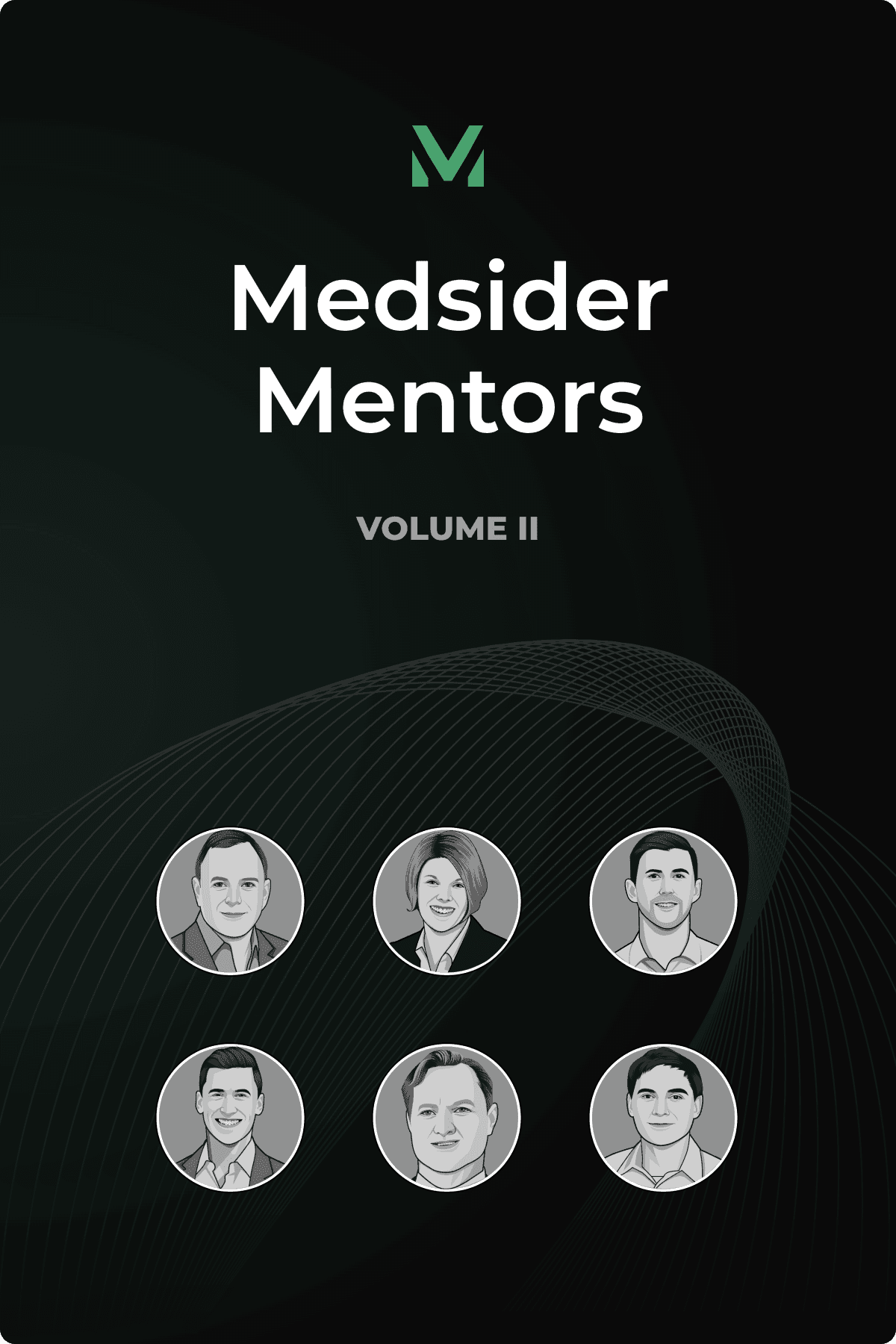Don’t Build A Unicorn, Build A Useful Zebra
Interview with DeepLook CEO Marissa Fayer

Key Learnings From Marissa’s Experience
Make sure that you’re solving a real problem rather than creating solutions in search of a gap. Identify a genuine need and develop a product that enhances efficiency and outcomes while fitting seamlessly into existing workflows.
When engaging with FDA, explain your technology in layman's terms. Leverage predicates if they’re available. Design trials primarily for regulatory purposes, but ensure they’re equitable for broader credibility.
Accelerators are valuable for startups at any stage. They can offer networks, new perspectives, publicity, and even potential funding opportunities. However, they are also time-consuming, so assess the benefits and choose wisely.
Marissa Fayer is an engineer, medtech executive, entrepreneur, investor, philanthropist, and previously served in leadership roles at a series of medtech companies. Currently, she’s at the helm of DeepLook Medical, where her team is developing AI-powered software for medical imaging to aid radiologists with diagnoses.
Marissa’s 15-year career in healthcare has included roles in various functions, including product development, manufacturing, engineering, and business development. She joined DeepLook in 2020 as a member of the advisory board – which happened to be right before COVID – and became their CEO two years after, a journey she eloquently details in this Crunchbase article.
With its broad software applications, DeepLook is dedicated to providing versatile use-cases of its technology. Its flagship product, DL Precise, is a deterministic AI software that measures, segments, and visualizes lesions in existing images of mammograms, ultrasounds, CTs, and MRIs. Approved by FDA, DeepLook improves diagnostic accuracy, improves the radiologists’ and oncologists’ workflow, and assists clinicians in developing treatment plans.
DL Precise particularly excels in identifying both cancerous and non-cancerous lesions in dense tissue, especially breasts. Marissa’s personal connection to this work is strong. "As a woman who has dense breast tissue, this is deeply personal," Marissa shares. This condition affects 45% of women worldwide, disproportionately affecting Black, Asian, and Jewish women. The issue with dense breast tissue, or any dense tissue for that matter, is that it's 2-3 times more likely to develop cancer. Moreover, and perhaps more concerningly, it can make cancer harder to detect in imaging scans.
DeepLook’s commercial traction is accelerating, but its approach to the market is not through direct sales. Instead, DeepLook has partnered up with established players like Tempus, Barco, Radical Imaging, and Blackford. Marissa explains, “A small technology company is not going to make inroads into a hospital, but our partners have the ability to make those calls and to get in more efficiently. That's how we get into the radiologists’ hands.”
You May Like These Articles
Medsider Premium
Become a premium member and unlock access to exclusive Medsider benefits.



